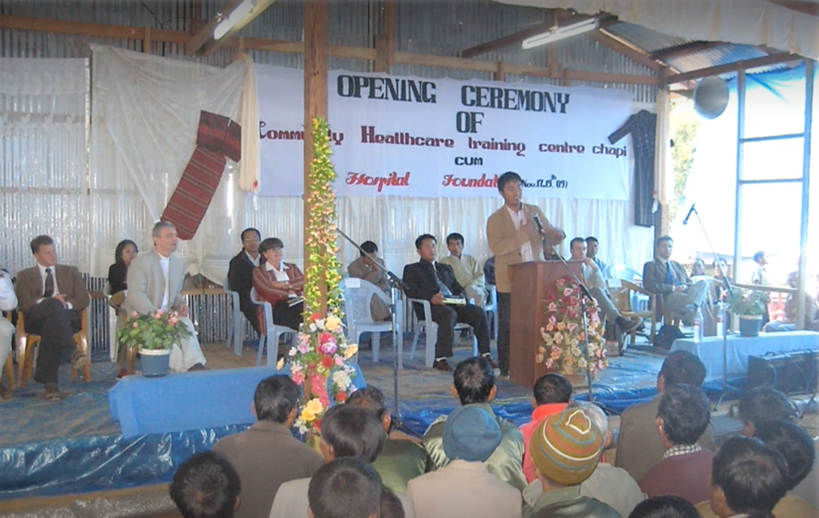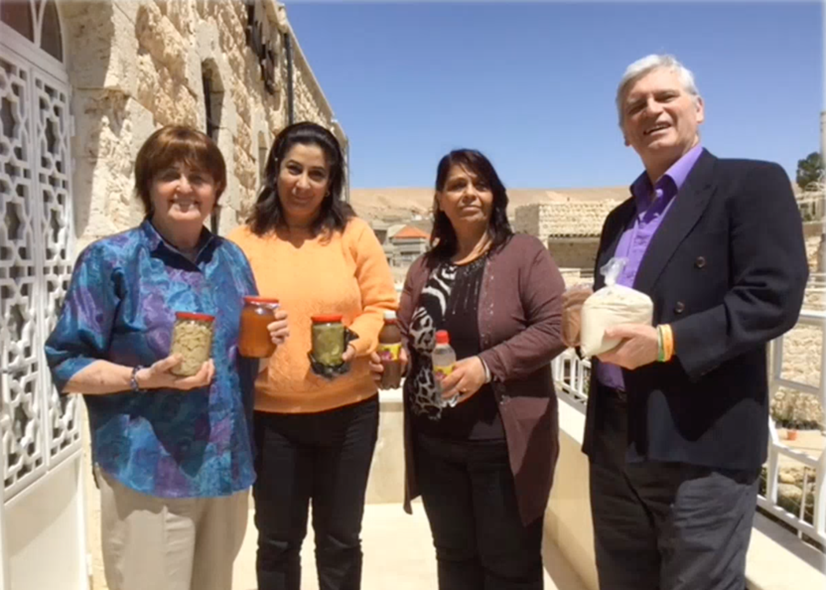Master’s Students on Peace-building Course Discuss Partner-driven Engagement
Master’s students on the course Peace-building, taken by students on the MSc Security, Peace-buidling and Diplomacy, as well as other programmes at the Institute for Diplomacy and International Governance, hosted guest speaker, The Baroness Caroline Cox, to discuss practitioner experiences and views on working in complex (post)conflict environments. The session was part of the “NGOs and Peace-building” lecture theme of the course. Lady Cox is a life peer at the House of Lords, and the former Deputy Speaker of the House of Lords. She is the founder of the UK-based NGO Humanitarian Aid Relief Trust (HART), and is a staunch humanitarian with some 40 years of practitioner experience in (post)conflict communities, with humanitarian, peace-building and conflict advocacy initiatives. She has often spoken out for communities and issues least discussed and visible in the House of Lords and the mainstream media coverage, and has worked to practice a local partnership-based approach with communities around the world.
Her insights into combining of humanitarian aid with advocacy in conflict (HART’s approach), and particularly the issue of local partnership (the theme of one of the major debates we explore in the Peace-building course) were to complement students’ academic study on these and related themes.
At the session, Lady Cox presented HART’s approach and methods, its work to date in various regions, followed by a discussion and debate with the students. Below, Victoria Migliora, one of the students on the course, is sharing her thoughts on the event.
Understanding humanitarian Efforts in (Post-)Conflict Communities through the Lens of HART: A Seminar with The Baroness Caroline Cox
By Victoria Migliora
We were very fortunate to be joined in our seminar by The Baroness Cox, a Member of the House of Lords and founder of Humanitarian Aid Relief Trust (HART), to shine a light on the on-the-ground work that humanitarian and advocacy organisations carry out in conflict and post-conflict communities.
After weeks of lectures and theoretical readings on peace-building, having explored various models of peace-building, critical currents and some cases and examples, it was truly fruitful to hear the first-hand practitioner experience of HART.
Lady Cox briefly introduced to us HART’s work in six conflict zones – Artsakh (Nagorno-Karabakh), Burma (Myanmar), Sudan, South Sudan, Nigeria and Syria. Each of these cases, with its particular needs, allowed us to relate more closely to, and further think through, some of the most-studied theories in the peace-building literature.

It is worth noting that HART’s goal, as stated on its website, is to “alleviate poverty, empower communities and promote human rights” through aid and advocacy operations on the ground and not to become politically involved in the local context. Notwithstanding, they take advantage of their position to raise some of the issues related to these communities in the UK Parliament when they see fit, and most often when these communities’ plight is left out of attention or action.
This brings me to the first debate in the peace-building literature: attention to the locals.
Lady Cox highlighted that in all of their operations, they turn to the local people and ask them for their priorities. For example, she said, the people of Artsakh “emphasised the need for rehabilitation for people with disabilities” after the bombings in the first Nagorno-Karabakh war in the 1990s, as there was “no treatment available” within their capabilities.
According to some liberal peace critics1, the liberal peace-building approach (especially of 1990s-early 2000) had little success in significantly improving the lives of those affected by the conflict because it overlooked the grassroots dynamics and the “everyday” lives of the local people. Local actors are often the foundation of a humanitarian response and are on the front lines of it in conflict situations, so partnering with them is critical.
A similar situation occurred in Burma, Lady Cox continued, where their dialogue with the locals led them to partner with Sasa, a local man who, with their help, created an organisation to provide vital medical care by training community health workers (CHWs) for villages “deep inside Chin State where there was no health care at all”. As a result, 317 students arrived from 153 villages (some walked 5-7 days to attend) and with their newly-acquired knowledge, started saving the lives of 8 out of 10 people in their villages who would previously have died from preventable infections such as malaria or diarrhea.

This leads me to another question within the liberal peace studies and its critiques: the type of association between international organisations (Western, in this case) and the local people.
According to scholarship2, the interaction between local peacebuilders and external organisations is determined by how the partnership is structured. Is it top-down, hierarchical, or more giving agency to the local organisations and community groups?
In the case of Syria, for example, HART partnered with a local organisation, St. Ephrem Patriarchal Development Committee (EPDC), to create 20 jobs to combat food security. Currently, they are raising funds to assist EPDC and its projects to provide clothing and food to more than 2,000 Internally displaced people (IDPs). This type of partnership could be classified as partner-driven partnership, where local agencies maintain their independence, rely on external aid and have regular meetings with the donor’s organisation. More on HART’s work, meetings and testimonials on Syria can be found here: https://www.hart-uk.org/wp-content/uploads/2018/06/Syria_Visit-Report_2018.pdf

After the presentation by Lady Cox, students engaged in a very interesting discussions around many puzzles, challenges and debates in peace-building such as:
- The importance of the integration with the local people, which includes understanding the different levels and networks in their society.
- The (in)effectiveness of sanctions in conflict countries and their impact on societies.
- The media (mis)coverage of conflicts and the trauma that these may bring to the local and displaced people.
- The challenge of understanding how complex and asymmetrical conflict is within different levels in the local structure.
- The need for more NGOs or operations run by charities rather than by governments who have national interests.
Lady Cox was open to challenges and constructive probing of ideas by the students, and nurtured an atmosphere of trust where we could test and further our thinking on these complex issues.
Overall, Lady Cox’s presentation and further discussion were a great way to end our lectures on peace-building studies as it allowed us to engage with an experienced practitioner in the field. Some of the theories that we had studied during the Peace-building course gained another dimension when listening to the stories that the Baroness shared, and these will stay with me to shape my understanding on peace-building.
To know more about HART’s work, please visit their website at https://www.hart-uk.org/
Loughborough University London
Blogging everything that’s happening at Loughborough University London